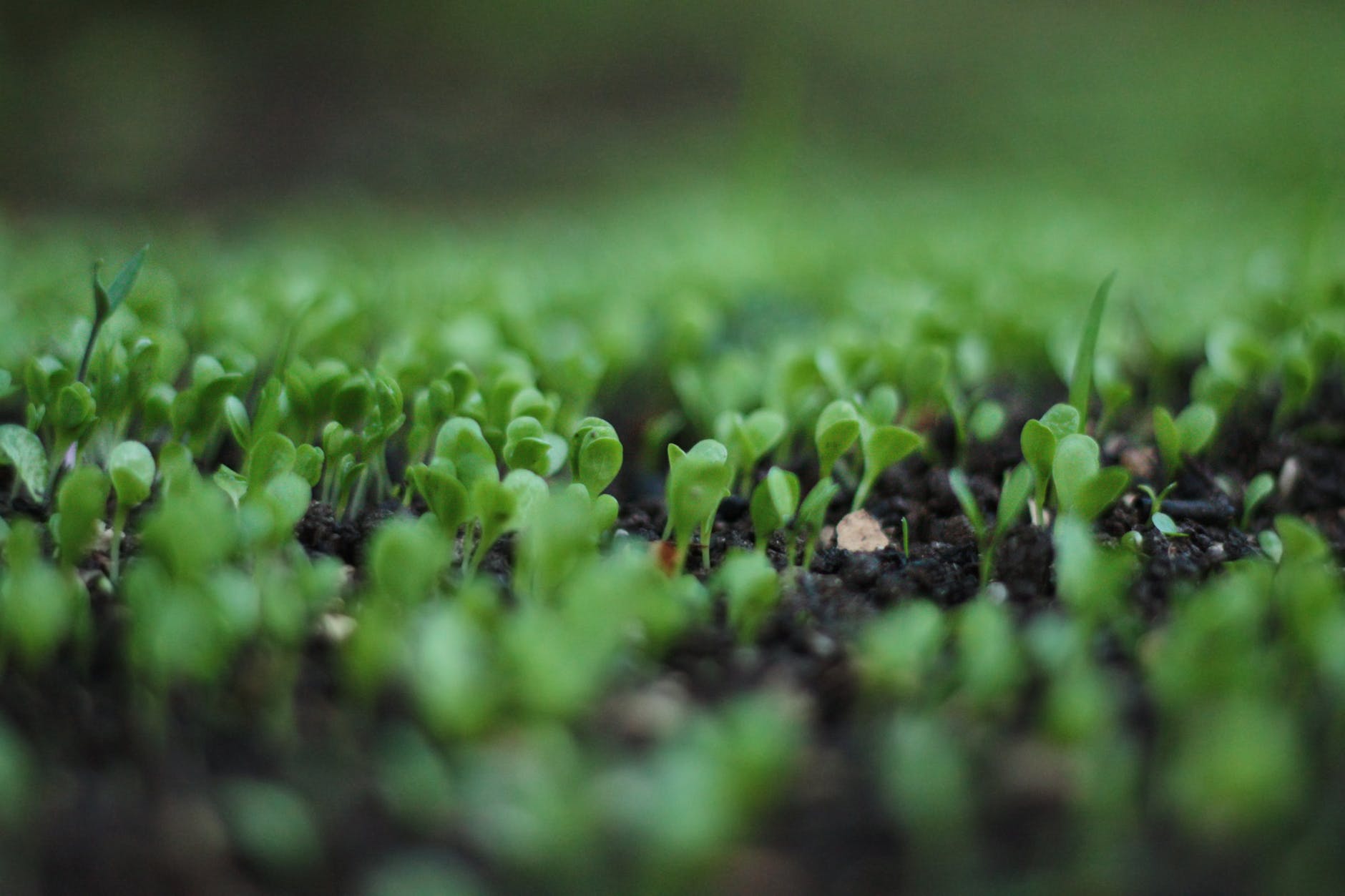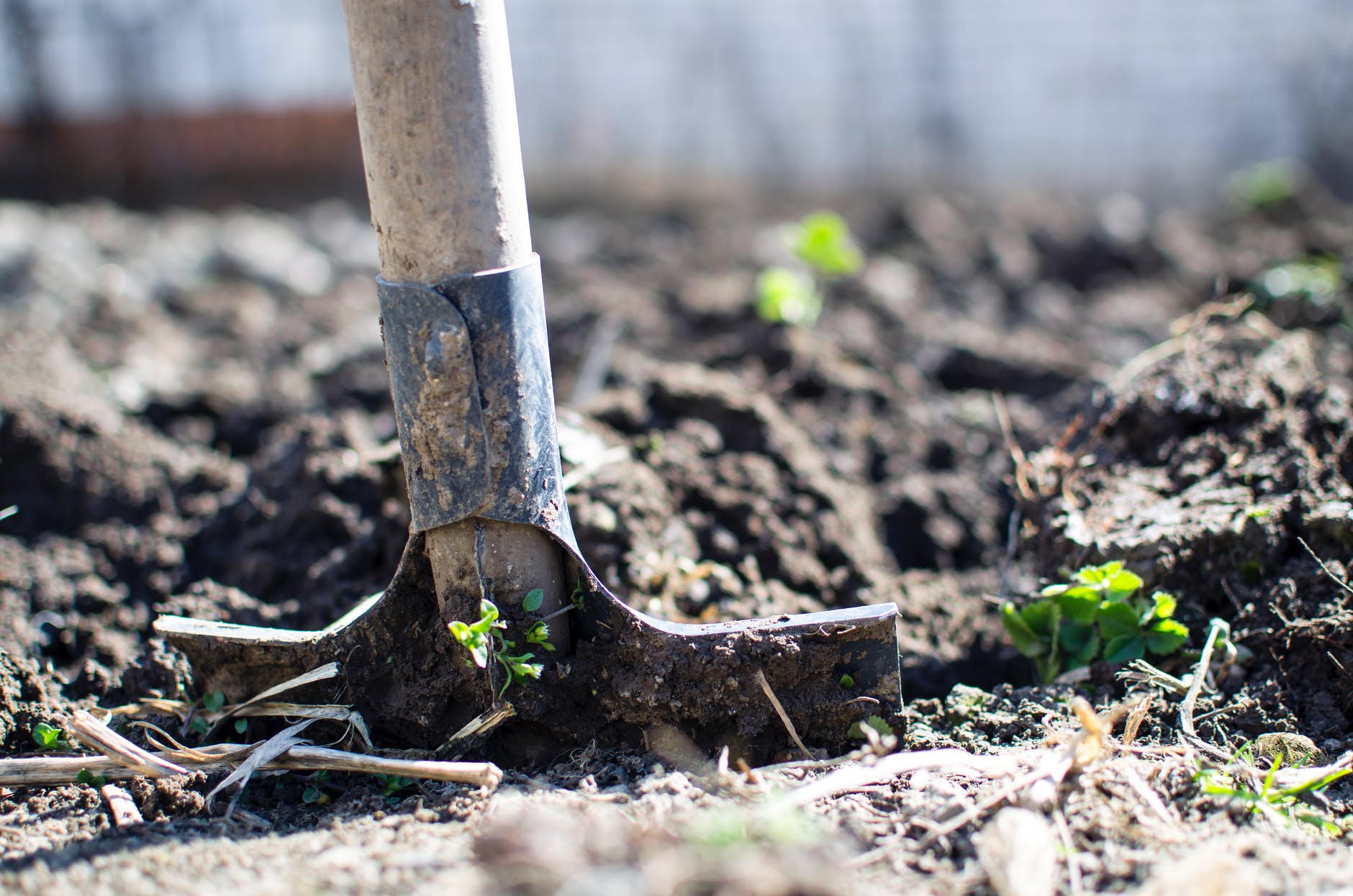The mist formed when spraying reaches the soil naturally and due to this fact when talking about PANAMIN we can also talk about the soil fertilizer applied as foliar fertilizer. A prerequisite for this, however, is the existing fine grinding. Because: FINE GRINDING PRODUCES EFFECT ON SOLUBILITY! Fine grinding is the most important criterion of quality. The quality of the limestone is good only when stirring it between our fingers we feel it as powder. Coarse-grained products have a small surface area and therefore poor solubility. This way, only a very small quality of calcium is dissolved and a minimum quantity of calcium is needed for the combining of the clay and humus. The finer grinding, the better solubility shall be achieved because the metabolic active surface is in times greater. As a result, in the coming years sizes of the grains above 1 mm shall not have any effect.
However, in PANAMIN this is up to 800 m2 per gram, with the current 90 billion PANAMIN particles/m2! Carbonates and silicates are soluble only in acidic soil, so for these types of limestone the degree of grinding is particularly important.
Direct feeding of limestone or fertilization with limestone is generally understood as the degree of enhancing (adjusting) of the pH-level of the soil through spraying of limestone powder or burnt lime. Feeding of limestone is done with the purpose to react to the increase of acidity of the soil and to maintain and increase its fertility, and to affect the availability of other nutrients and to soften the soil structure. Limestone creates a stable system of pores and improves air and water supplies.

Limestone has physical and chemical effects on the soil and is extremely necessary in agriculture. Humus decomposes faster than limestone, so the nitrogen can be converted first into ammonia, and then in nitrogen acid salts. Limestone also allows the access to the mineral substances in the soil, that are beneficial to plants. The high content of limestone in the plant needed for the growth is beneficial for the animals and people because plants are used as food, respectively fodder.
PANAMIN as a provider of CaO and CO2 shows perfect effect. In small doses but with extreme reaction speed we succeed, using just a few grams, to achieve a result for which until today we needed 15 tons/hectare.

PANAMIN in the soil: (CaO effects on different levels)
PANAMIN and the pH -LEVEL
Most plant nutrients have optimal solubility in the pH range of 5.5 to 7.0. With the increase of the pH-level, the presence of nitrogen (N), sulphur (S), potassium (K), calcium (CA) and magnesium (Mg), and molybdenum (Mo) also increases. On the contrary, the solubility of the micro nutrients iron (Fe), manganese (Mn), copper (Cu) and zinc (Zn) is reduced so that a shortage of these micro nutrients may occur at pH-levels above 0.7.
The solubility of soil phosphates is best in the range between pH 6 and pH 7. The presence of phosphates is significantly reduced at pH below 5.5. A number of field studies have established that the solubility of soil phosphates may be increased only through timely feeding of limestone. It is useless to treat the soil with the so-called micronutrient fertilisers, when the pH -level is not optimal.

PANAMIN effect on soils with poor (low/high) pH-levels of the soil is just simple. We were able to prove in a number of demonstrations that the low pH-level can be increased, and the high pH-level can be reduced. This is achieved just with one single action. The apparent paradox lies in the fact that specifically on calcareous soils, such as the ones in the Crimea, the decrease of the very high pH-level can be achieved only by the limestone. Because predominating СО2 in our areas reduces, on the one hand, the level to the limit effect of CaO, and on the other hand CaO increases it to the limit effect of CO2. This is possible due to the continuous and unvaried ratio of CaO and CO2. The two active substances in combination provide the optimum pH-level of the soil, which ultimately affects the plant
Moreover, we know that the pH -level can be very non-homogeneous. The pH-level may vary in a single hectare. Using PANAMIN you manage to balance the different pH-levels and above all to achieve an optimal increase. This achieved, all micro elements contained in soil can have an effect.
Oxidation of the soil occurs (low or bad pH-level) when the pH-level of the soil is not balanced, and this causes:
A field treated with PANAMIN shows intensive growth of the plants because it has been REMINERALIZED!
And considering our justifications, every judicious agronomist will reach the conclusion that our approach to the problem solving is correct.